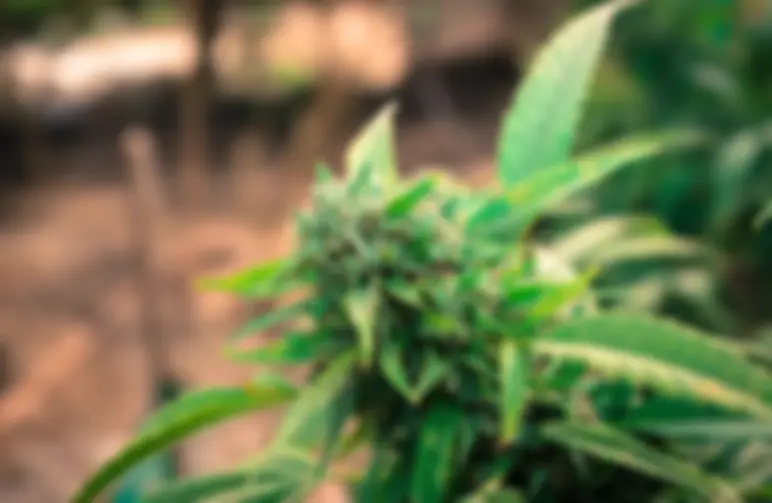When you examine a cannabis head, you notice the complexity of the different parts: small orange hairs, crystals resembling sugar, and large buttons coated with small leaves ... But what are these different formations in detail? And what is their purpose?
This brief guide to the anatomy of cannabis will help you familiarize yourself with the plant as a whole. So, what does a cannabis plant look like?
What does a weed plant look like: male vs female
Cannabis plants can be male, female, or hermaphroditic, but the plants that are consumed are most often female. The differences between male and female cannabis are few.
The female plants produce the famous resinous flowers, which are harvested, then cleaned, and often pruned into the known shape. Males produce bell-shaped xx flowers at the base of the leaves.
Male plants pollinate females to initiate seed production. The flowers that are consumed come from seedless female plants called Sinsemilla, which form large, cannabinoid-rich buds without ever producing seeds.
The rare hermaphroditic plants have both male and female organs, which allow the plant to pollinate itself during flowering. This self-pollination is typically seen as a nuisance among growers.
The plant reproduces its hermaphrodite genes and produces seeds.
Professional and legal growers usually ensure the sex of their plants by growing female plant clones. There are also feminised seeds now available, which will almost certainly produce female plants.
A cannabis plant consists of many parts, like the most common species of flowers. Marijuana grows on long, slender stems with large, iconic leaves that extend from an area called a node.
Cannabis really stands out for its flowers, whose formation and complexity are still intriguing.
Head
What we call heads are actually the flowering tops of the plant. Healthy plants typically develop a main head, with smaller heads forming around the plant. Some cultivation techniques like SCROG or LST can increase the number and volume of buds the plant will produce.
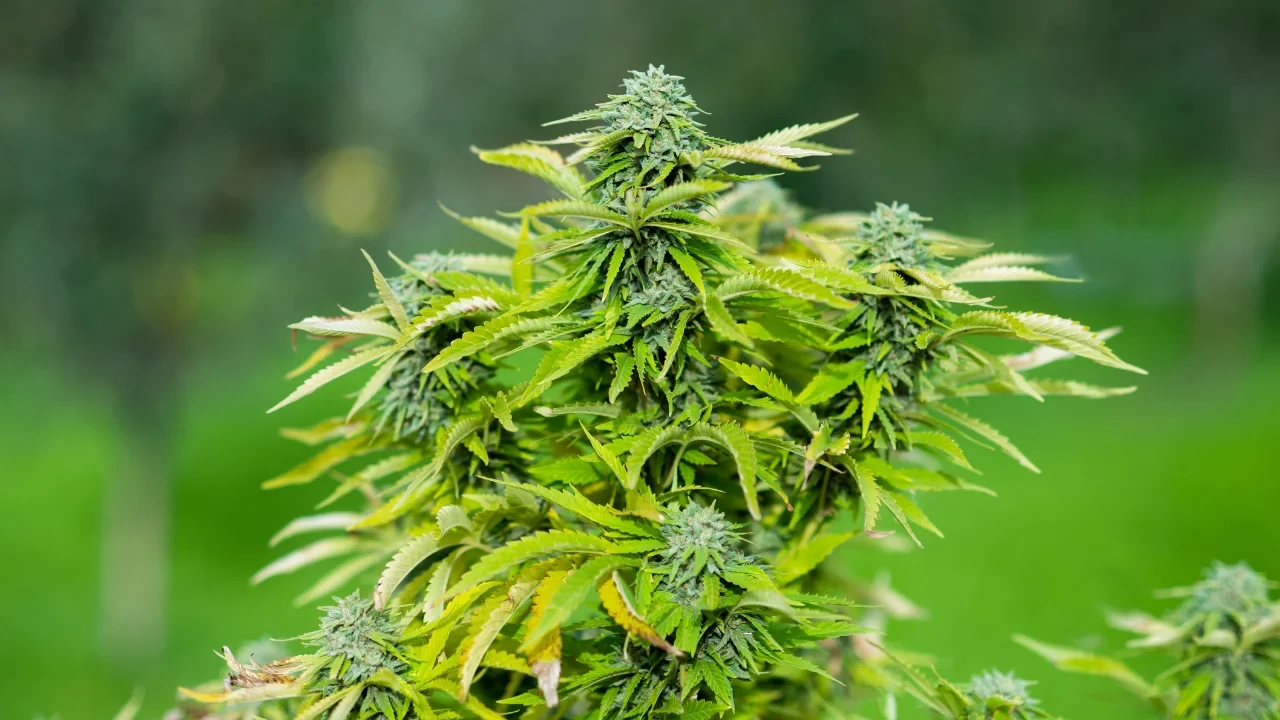
Calyx
To the clumsy eye, cannabis buds are just a tangle of leaves but are actually made up of many parts. The calyx is the teardrop-shaped plant shell that contains the seeds.
In the case of sinsemilla, these envelopes do not contain sheaths. However, they develop around two pistils, which will produce the resin and cover the surface of the calyxes. Calyxes come in different shapes, sizes, and colours depending on the varieties and cultivation techniques.
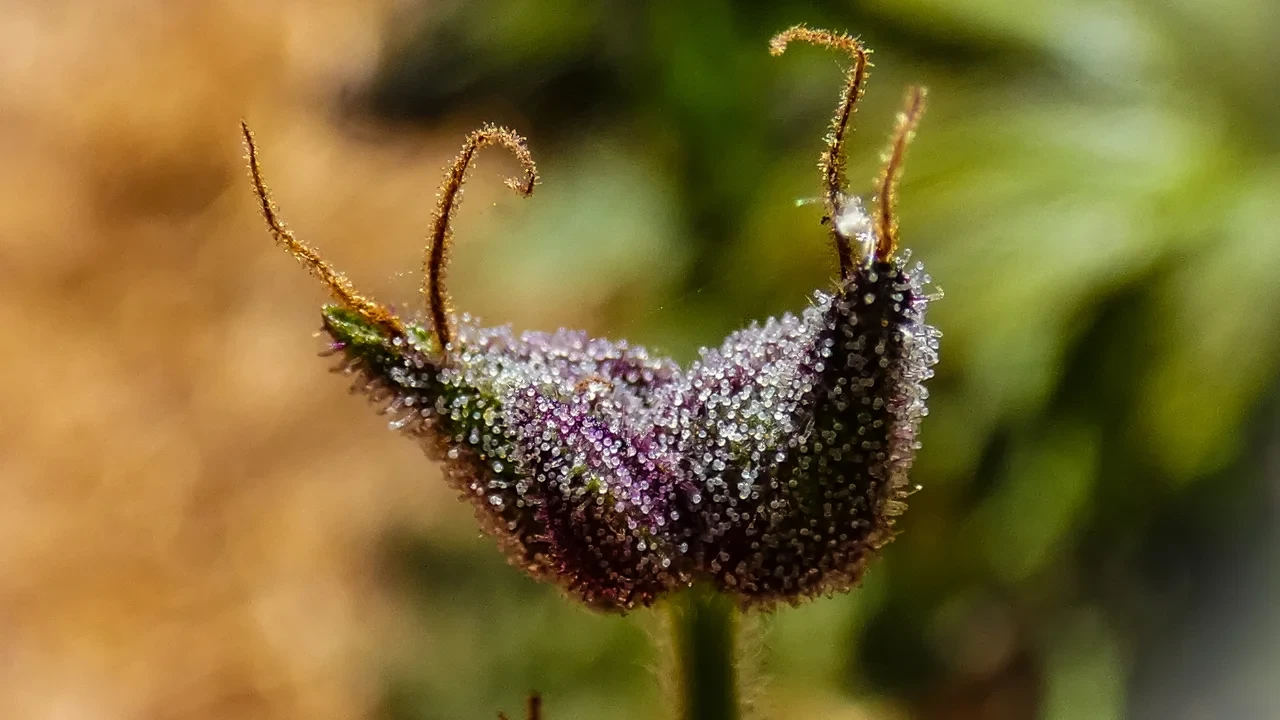
Pistil
Around the calyxes are, therefore, the pistils, these small red-orange hairs at the end of flowering. They are originally used to collect pollen from males. They are born white but gradually turn yellow, orange, red, or brown as the plant matures.
Furthermore, they play an essential role in the reproduction of the plant but provide little flavour or potency.
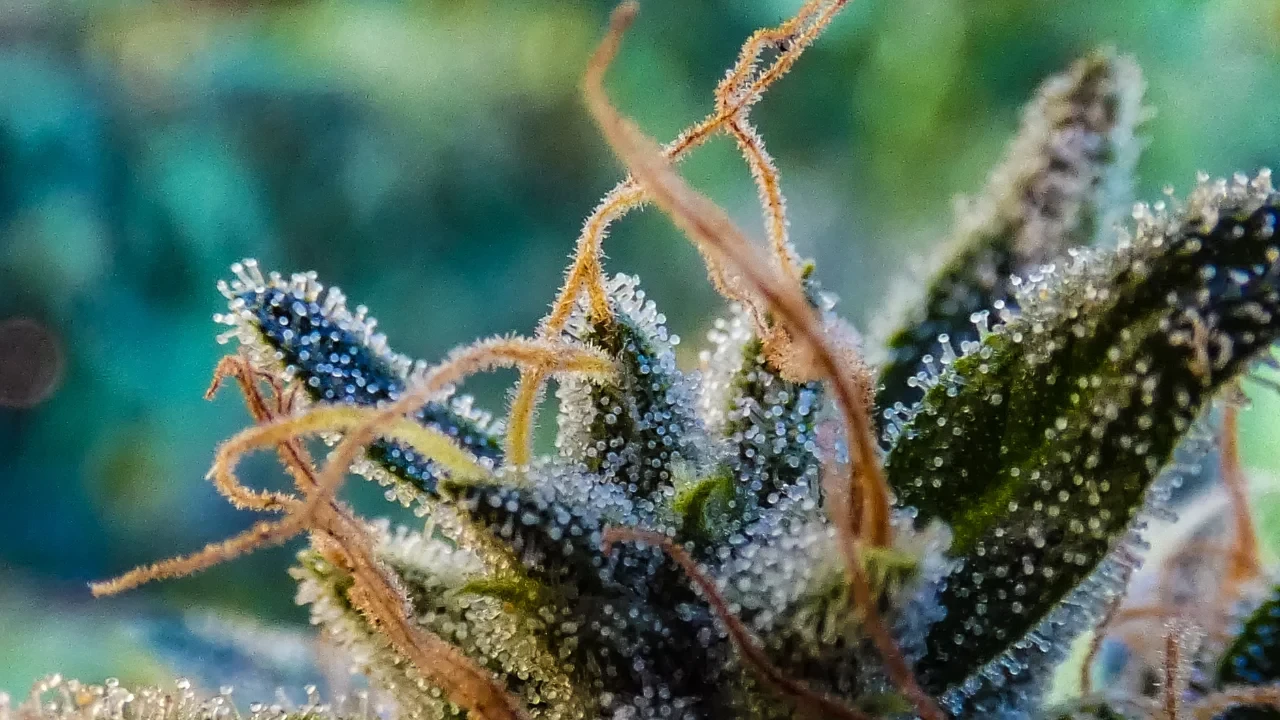
Trichomes
Despite their tiny size, trichomes are those crystals you see on cannabis leaves and flowers. This resin, which gives the kief when dried, is secreted by translucent mushroom-shaped glands.
Trichomes are originally used to protect the plant from predators and the elements. These bulbous globes also produce aromatic oils called terpenes and the famous cannabinoids like THC or CBD. Hash is produced from these trichomes and their potent resin.
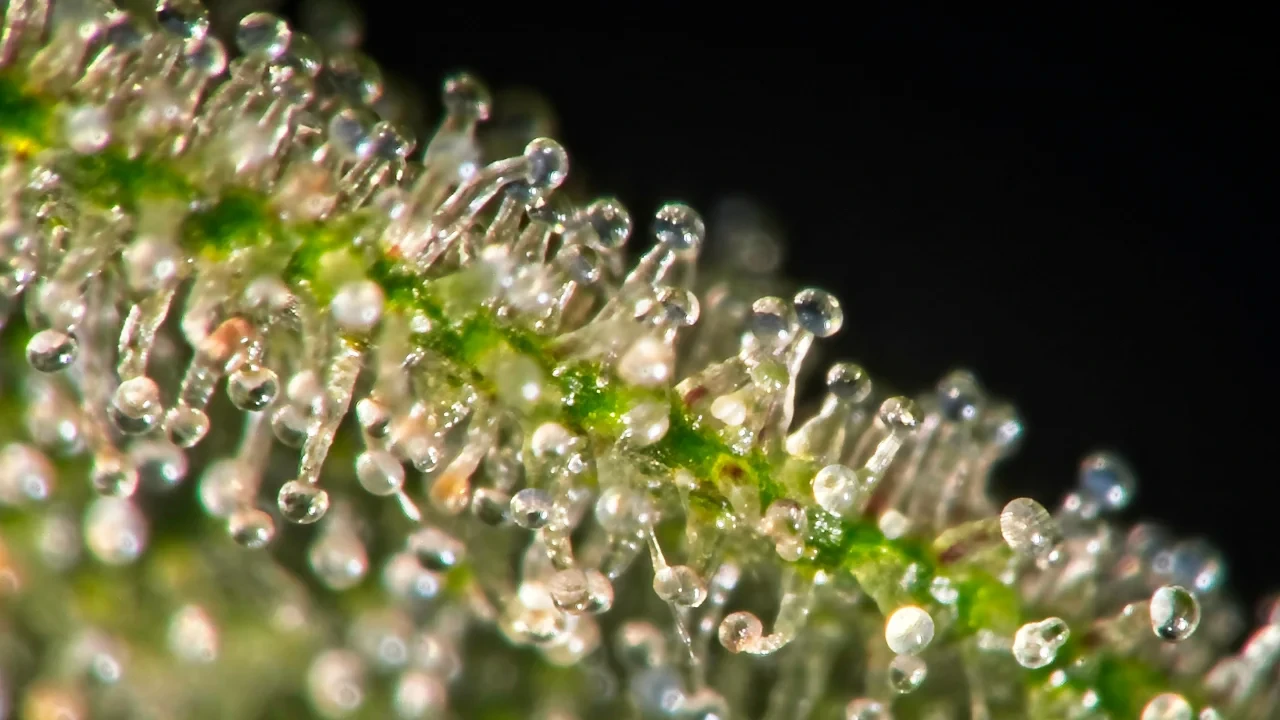
Other plants that look like weed plants
Some plants closely resemble weeds. Here are some that you may come across:
Tomato
The leaves of a tomato plant are pretty similar to cannabis leaves, and tomatoes similarly like to grow in subtropical climates with plenty of light. But rub the leaves of the tomato plant, and the similarity ends - there is no mistaking the fresh, fruity scent of the tomato.
The good news is that if you've ever grown tomatoes successfully, you can grow cannabis, as the growing conditions of the two plants are virtually identical.
Okra
Okra is another plant that strongly resembles weed - at least from a distance - with buds that look just like cannabis buds. You can't smoke okra, but it is rather delicious in curries and stews.
Cassava
Cassava is primarily known for its roots, which have medicinal properties. The roots are highly toxic if eaten raw. Cassava must be cooked properly to remove the poisonous hydrocyanic acid from the root.
Cassava leaves look like cannabis as they have light greenish colour leaves that are directly attached to the stem and are grown in a bunch.
However, this is the only similarity to weed ends. Cassava is only grown for its starch and is used for human and industrial purposes.
